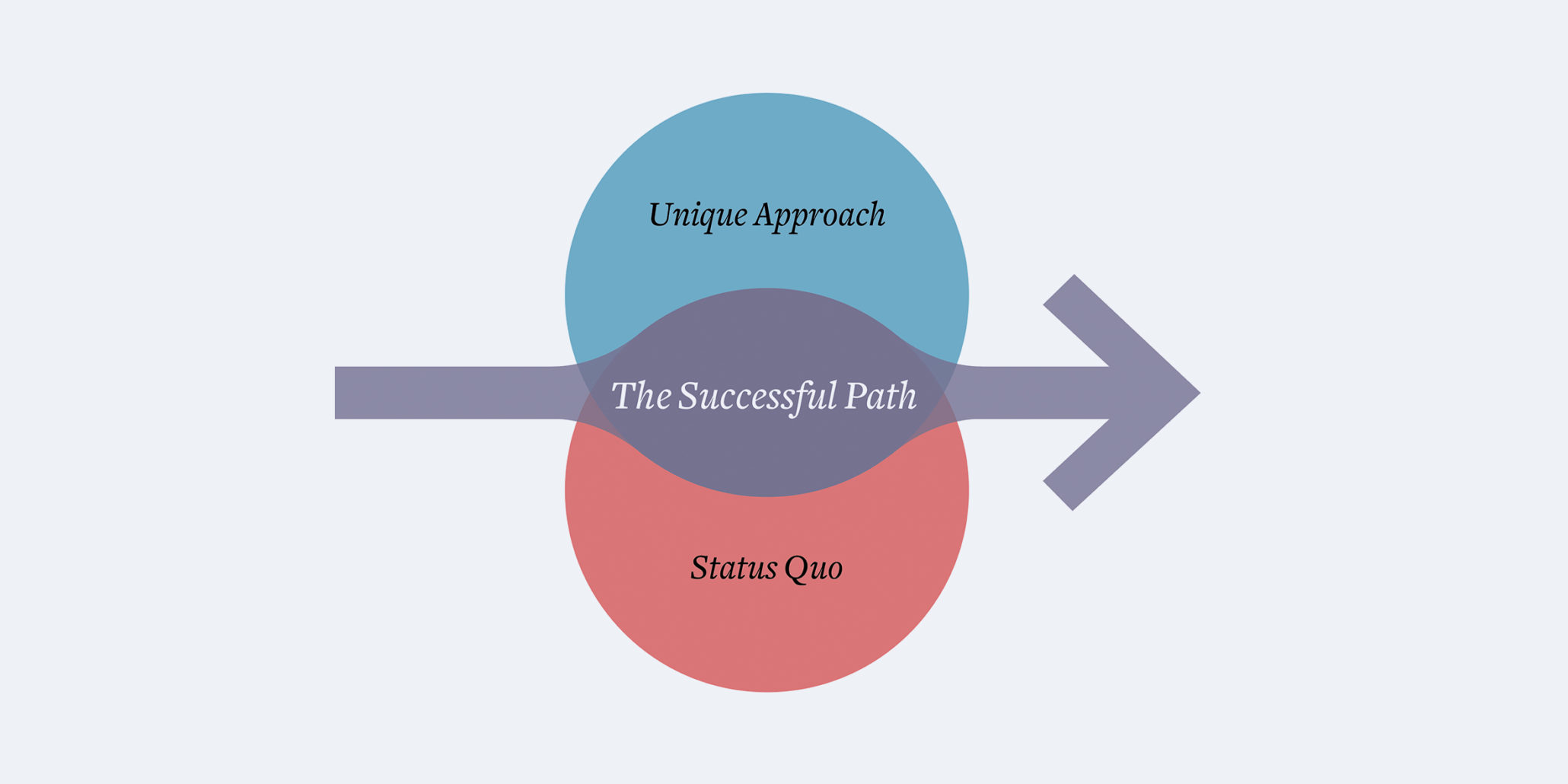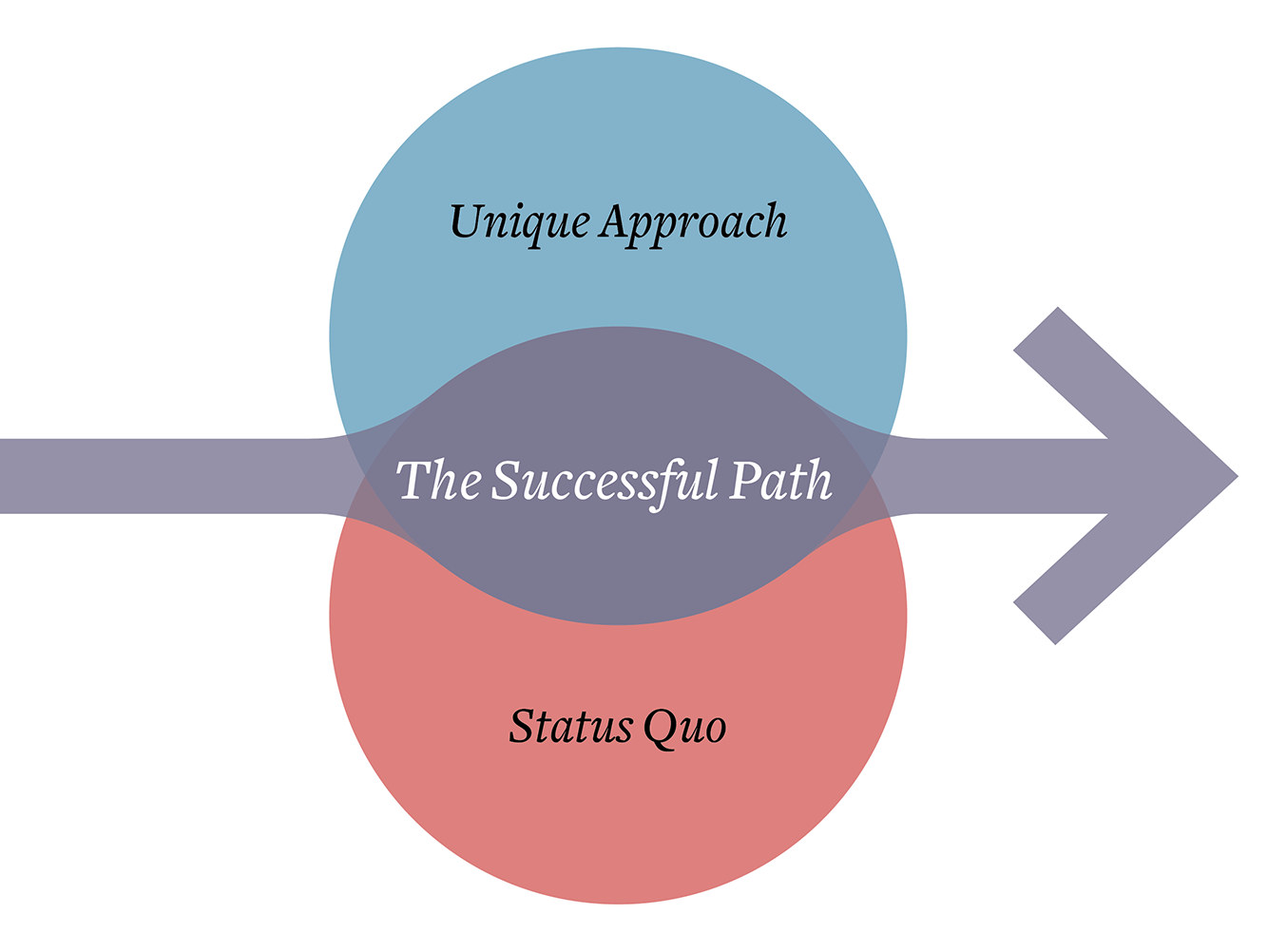No Audience / Know Audience

We’re constantly beating the drum of knowing your audience. Who are your users? What are they trying to accomplish? Without this knowledge, anything you create—be it an app, a written piece (like this), or a podcast—has the very distinct possibility of missing the mark.
Creators (and we live in a Creator Economy) have a challenging line to walk if they want to be successful. Simply asking people what they want is going to result in more of the same. Same, by it’s very definition, is ubiquitous and on the wrong side of the law of supply and demand. In other words, same doesn’t sell.
Conversely, Creators tend to have this innate drive to create something new. They’re always looking for how to do something better, combine two as yet uncombined ideas, or push the bounds of our current expectations. Giving over fully to this drive has its own pitfalls, though. Creators are frequently wonks: experts in their field. These extraordinary ideas or creations seem like business as usual for them. Just ask anyone you know who’s a good illustrator or visual artist. While they’ve certainly worked to improve their skills, many of them will tell you that they just assumed everyone could draw well—until they realized this was not the case. Simply assuming everyone in your audience will get your creation and has a need for it can be a dangerous gamble when it means the success or failure of your company (or at least the loss of many thousands or millions of dollars).
Jason Snell, former lead editor at Macworld and now full time blogger at Six Colors, illustrated this challenge in his post, Nobody’s listening. In it, he details the challenges of knowing the audience for his (and other) podcasts. He’s right in that there is no Audience, but rather many overlapping audiences. If you imagine the Venn Diagram for his audiences, there are sets for:
- Podcast listeners
- Show notes readers
- Twitter followers
- Blog readers
- Emailers
- Merchandise buyers
- …and I’m sure several more
The examples Jason gives are great illustrations of how different audiences have different needs, expectations, and goals. He concludes with kind of an “it’s complicated, get used to it” vibe—which is true, and also where people like us make our living. While it’s not glamorous work, determining what each of those audiences really needs and wants (which may not fully align with what they say they need and want) is one of the foundational steps to creating something of value. Once you do that, walking that line between creativity and desirability becomes much easier.




